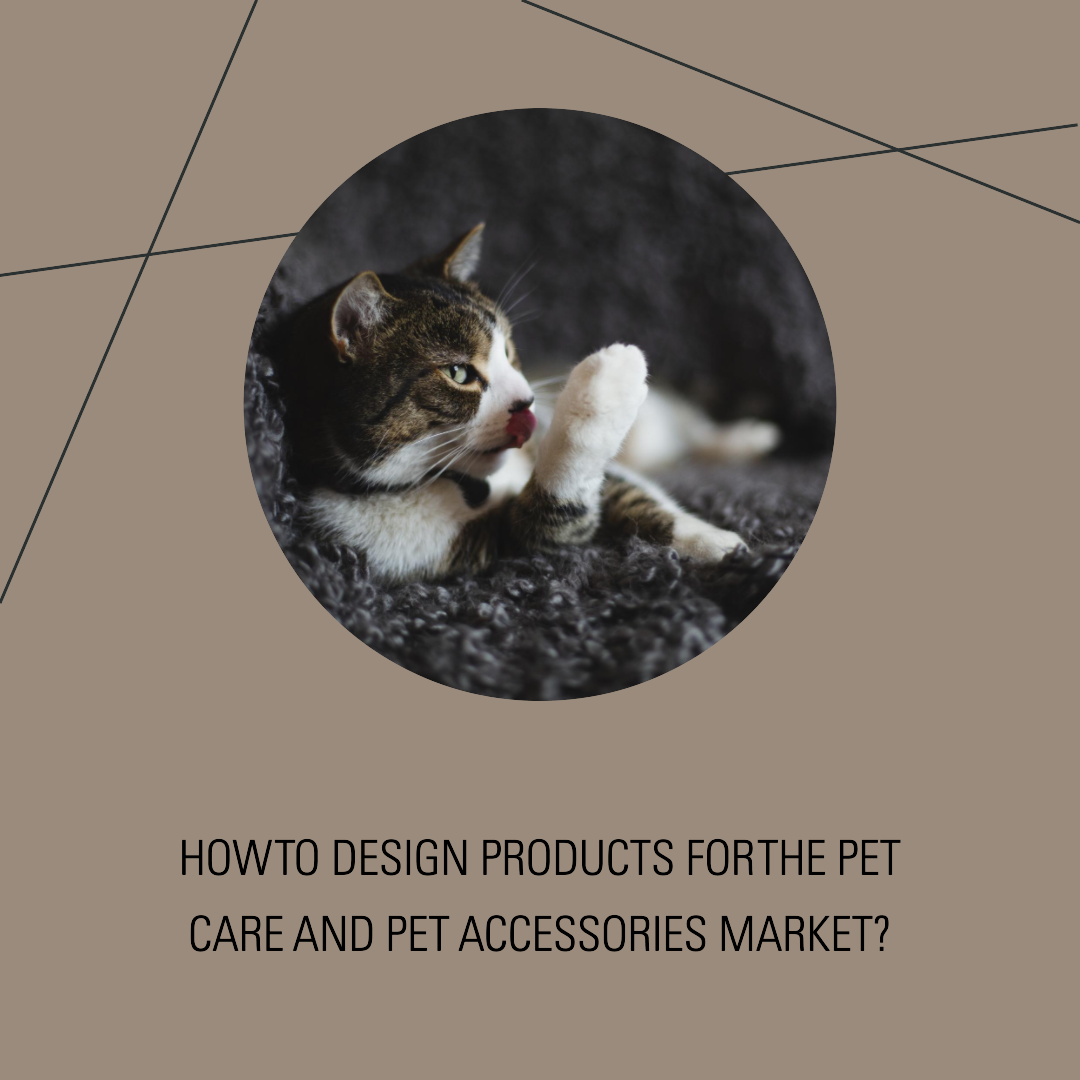How to design products for the automotive sector?
Introduction
The automotive sector is one of the most innovative and competitive industries in the world. New technologies and trends are constantly emerging, and automotive product designers must be able to adapt and create innovative products that meet the needs of both consumers and automakers.
Designing products for the automotive sector is a complex and challenging task. It requires a deep understanding of the automotive industry, the needs of consumers and automakers, and the latest technologies. However, it is also an incredibly rewarding task, as automotive product designers have the opportunity to play a role in shaping the future of transportation.
Key principles of designing products for the automotive sector
When designing products for the automotive sector, it is important to keep the following key principles in mind:
- Safety: Safety is the top priority in the automotive industry. All products must be designed to be safe for drivers and passengers, even in the event of a collision.
- Reliability: Automotive products must be reliable and durable. They must be able to withstand the rigors of everyday driving, including extreme temperatures, harsh weather conditions, and rough roads.
- Performance: Automotive products must perform well. They must be efficient, aerodynamic, and responsive.
- Cost-effectiveness: Automotive products must be cost-effective for both automakers and consumers.
Steps involved in designing products for the automotive sector
The process of designing products for the automotive sector typically involves the following steps:
- Market research: The first step is to conduct market research to identify the needs and wants of consumers and automakers. This can be done through surveys, interviews, and focus groups.
- Concept generation: Once the needs and wants of consumers and automakers have been identified, the next step is to generate product concepts. This can be done through brainstorming, ideation sessions, and sketching.
- Product design: Once product concepts have been generated, the next step is to design them in detail. This involves creating 3D models and engineering drawings.
- Prototyping: Once a product design has been finalized, the next step is to create a prototype. This allows the product to be tested and evaluated before it is put into production.
- Testing: Prototypes are tested to ensure that they meet all safety, reliability, performance, and cost-effectiveness requirements.
- Production: Once a prototype has been tested and approved, it can be put into production.
Tips for designing successful products for the automotive sector
Here are a few tips for designing successful products for the automotive sector:
- Involve consumers and automakers in the design process: Consumers and automakers are the end users of your product, so it is important to involve them in the design process from the start. This will help to ensure that your product meets their needs and is easy to use.
- Use human-centered design principles: Human-centered design is a design approach that focuses on the needs and wants of the end user. When designing products for the automotive sector, it is important to use human-centered design principles to ensure that your product is easy to use and meets the needs of both drivers and passengers.
- Keep up with the latest technologies: The automotive industry is constantly evolving, and new technologies are emerging all the time. It is important to keep up with the latest technologies so that you can incorporate them into your product designs.
- Work with experienced partners: Designing products for the automotive sector is a complex task. It is important to work with experienced partners, such as automotive engineers, regulatory experts, and manufacturers, to ensure that your product is safe, reliable, performant, and cost-effective.








